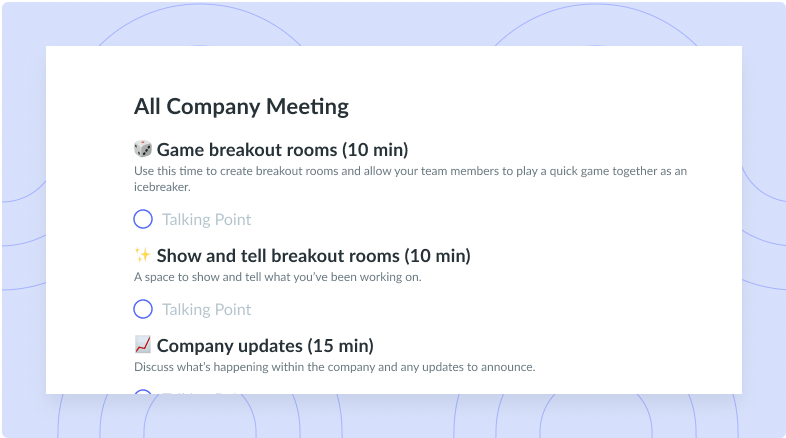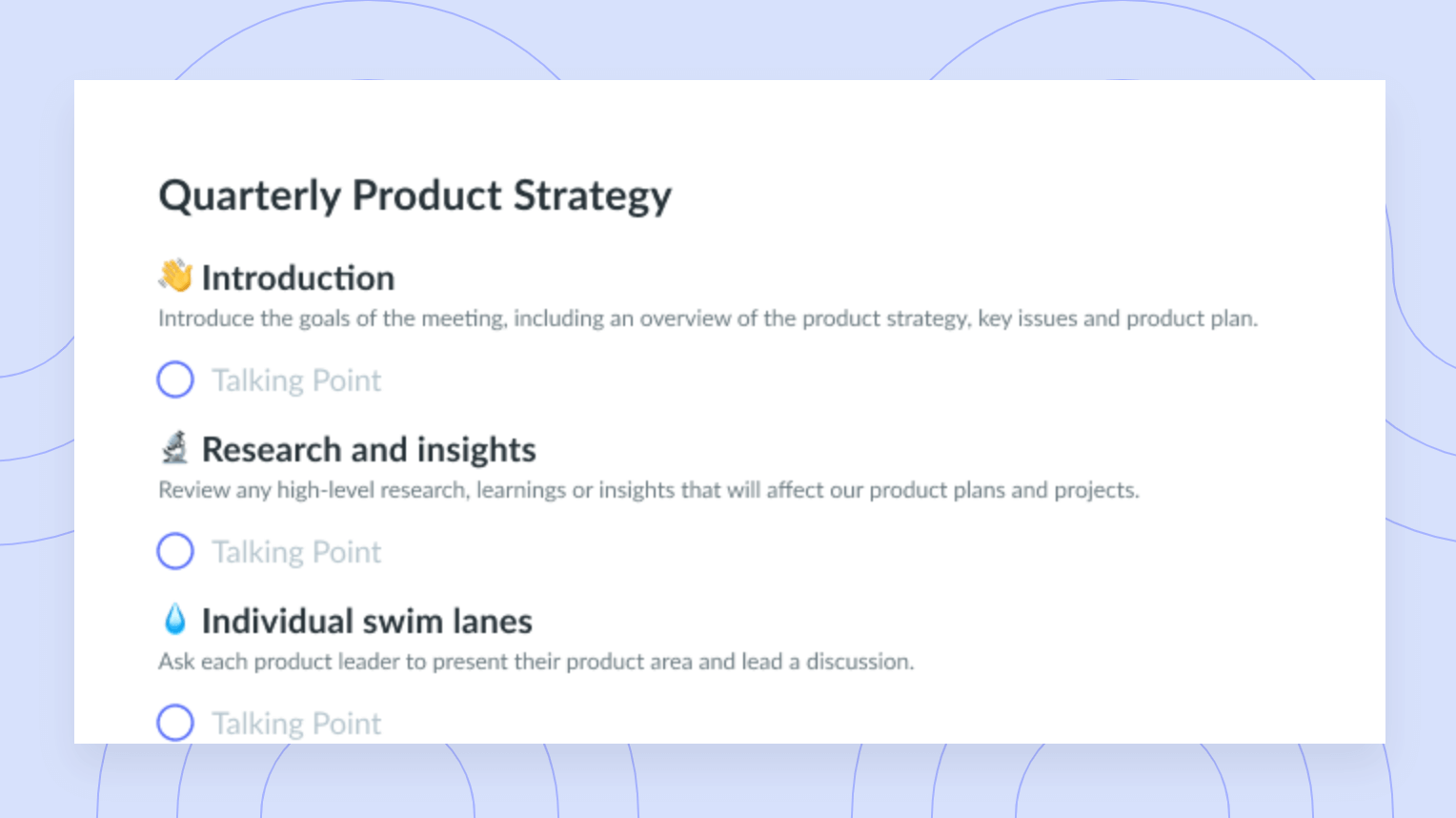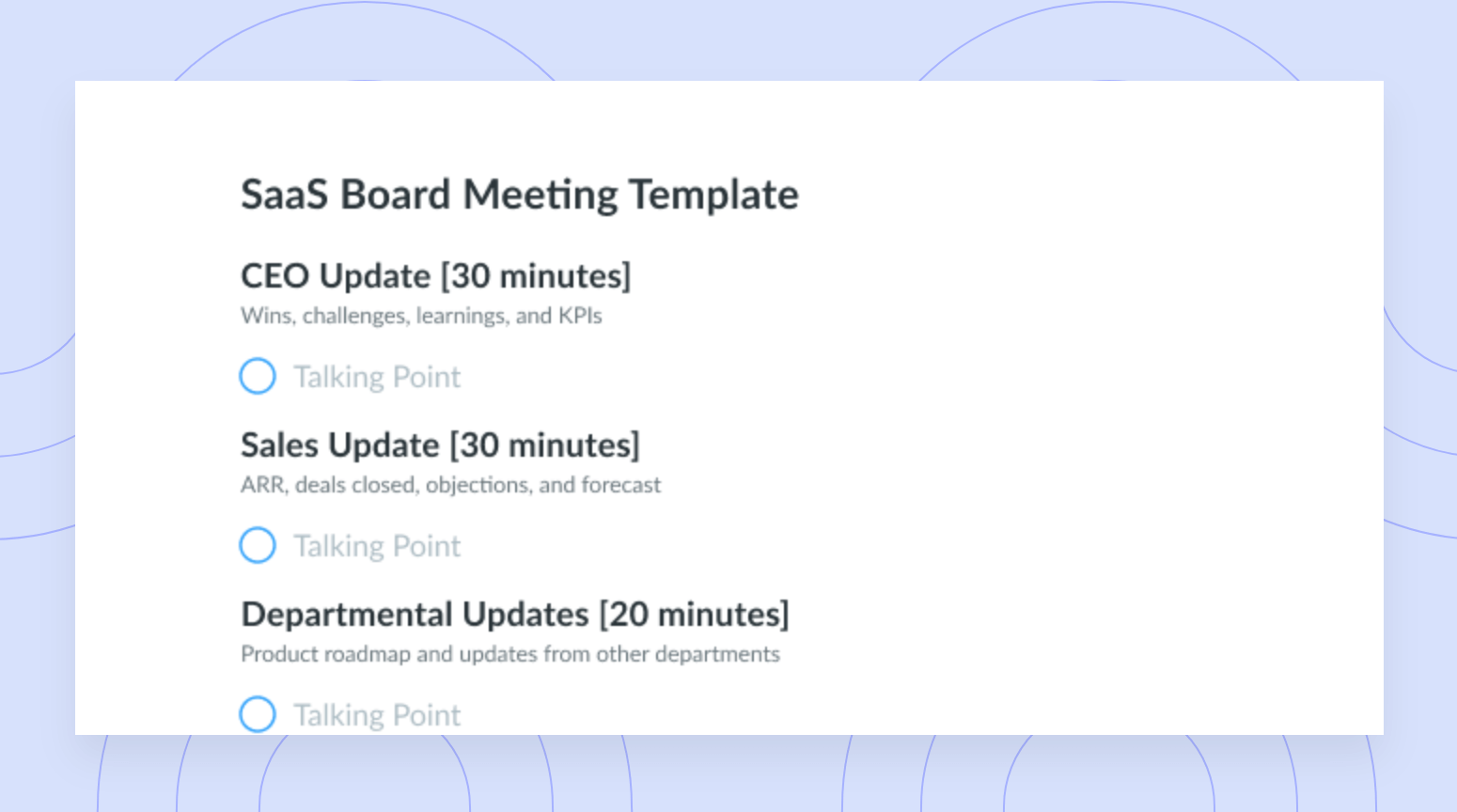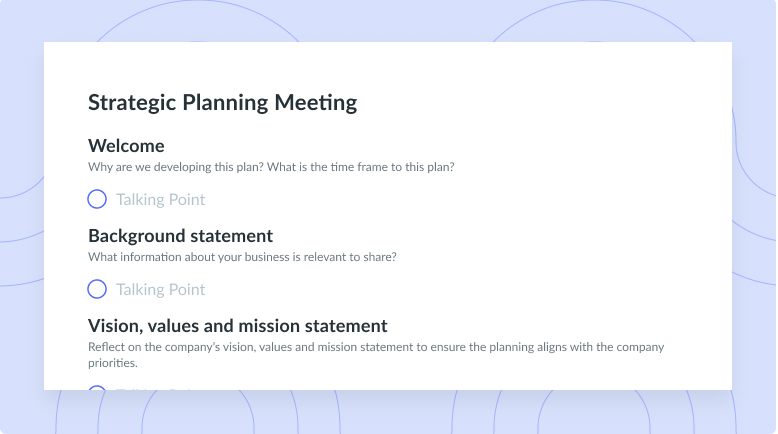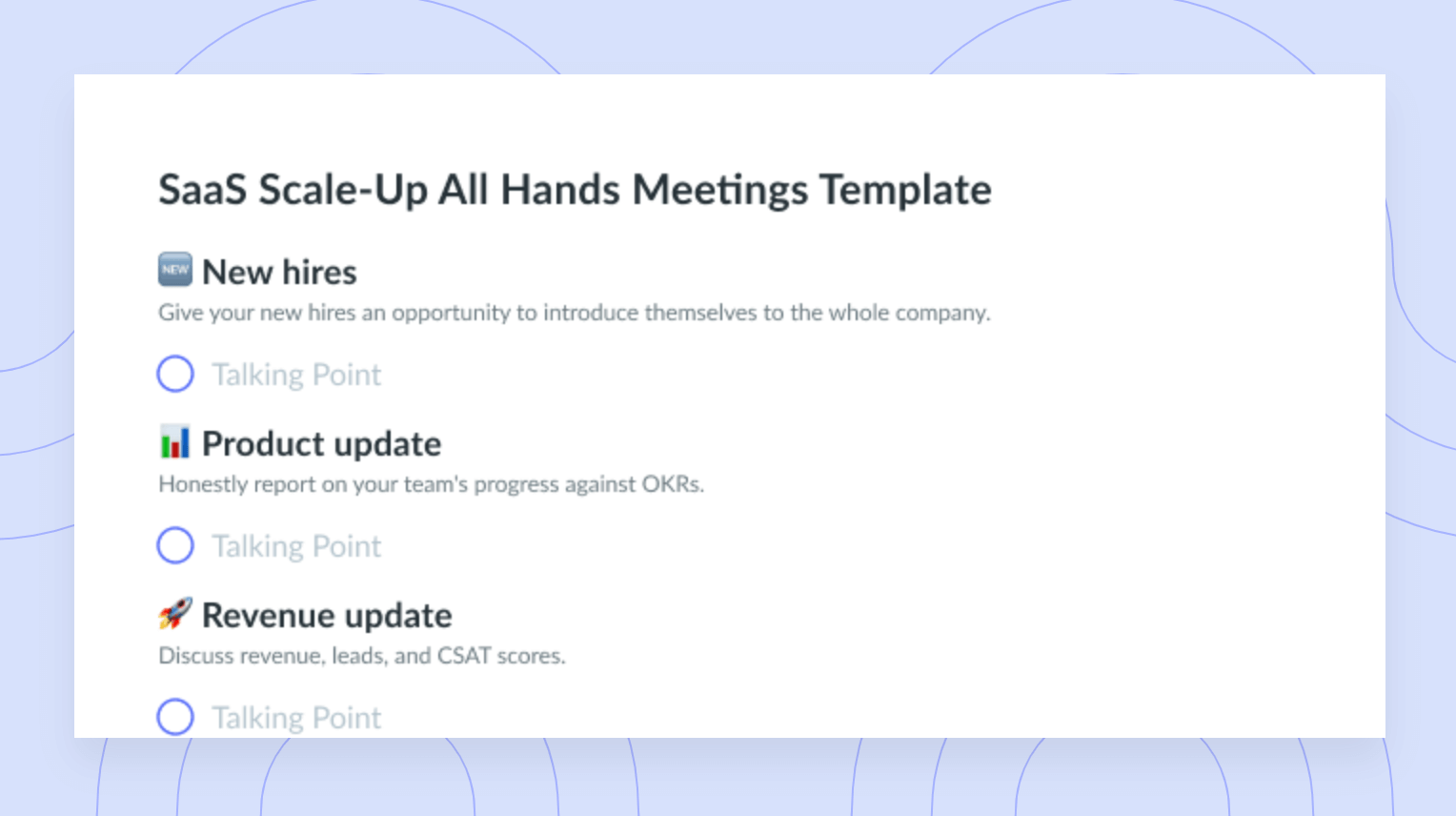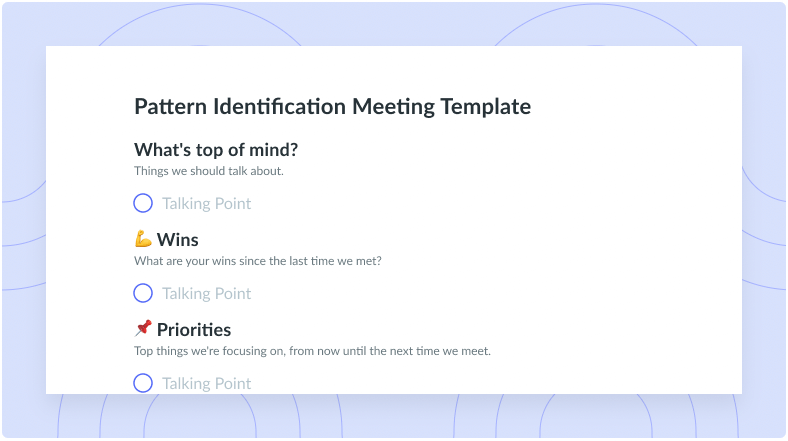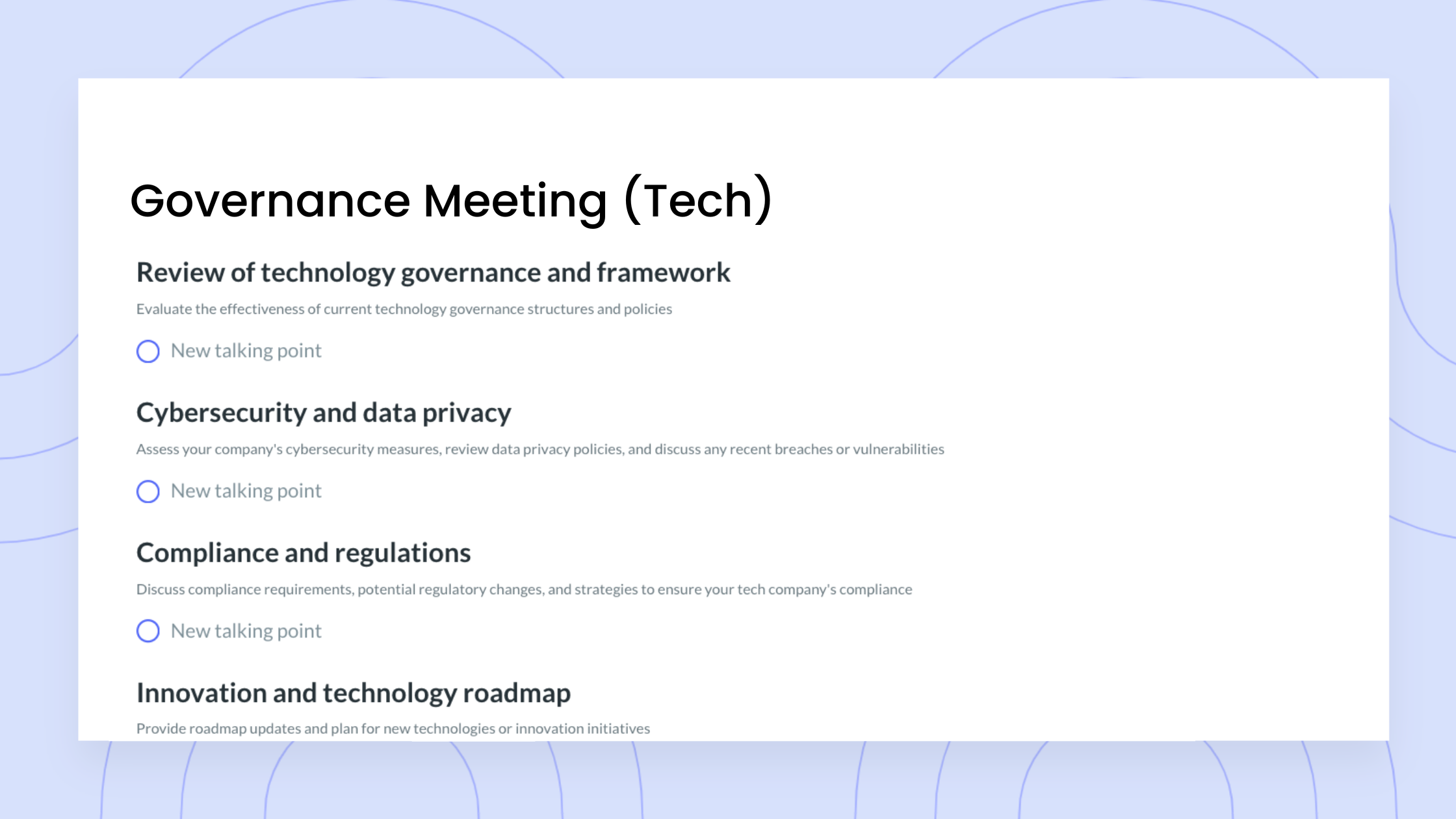Company Growing Pains: Tips to Overcome the Most Common Ones
Your organization is growing – great! But that comes with its own challenges. Read some common company growing pains and how to solve them.
Picture this: Your organization is bringing in more business than ever before, and you’re super excited for what the future holds. Yet at the same time, you’re spending so much money hiring the right people that your rapid growth is actually sapping your cash flow. That’s just one of many company growing pains you might face – below are some other examples (and some solutions).
What are growing pains?
Company growing pains are the result of your organization’s operations lagging behind its growth. That’s a mouthful, right? In simpler terms, it’s when your usual operations are expanding so fast that your team can’t quite keep up.
It typically looks like earning more revenue without enough people or systems in place to handle that all. In fact, one classic growing pain is earning more revenue but still not turning a profit. Below are some others.

Great meetings are just the start
Level up your meeting habits to boost engagement and productivity with a collaborative meeting agenda. Try a tool like Fellow!

The most common growing pains – and how to overcome them
Going through small business growing pains isn’t a sign that you’re a bad business owner – not at all! If anything, most organizations will go through at least one – probably more – of these company growing pains. The good news is that, just like with actual physical pain, there’s often a way to treat it. Below are eight common company growing pains and how organizations typically stop the bleeding.
- Hiring new team members
- Setting up employee benefits
- Keeping up with all your relationships
- Communicating well
- Training your team
- Working too much
- Edging out the competition
- Holding the right meetings
1Hiring new team members
A growing organization needs more hands on deck. A growing organization also might not have enough time to fully go through the typical hiring process. That means you might have to cut corners on fully vetting potential new hires. But if you get it wrong enough times, you’re left with constant employee turnover that only hurts your organization and creates another business problem to solve.
Highly specific job descriptions can help you lessen the pain here. They’ll instantly weed out candidates that wouldn’t be a fit and remind you what you’re looking for in the right new hire. That means you can more quickly hire someone who will still be there long after your growing pains go away.
2Setting up employee benefits
Maybe when you first launched your organization, you had no plans to hire anyone for a while. But maybe your day-to-day got so hectic so quickly that you had no other choice. That’s great – growth! – but maybe you didn’t have an employee benefits program in place yet. That might be okay for now, but in the long term, you might struggle to recruit people without offering health insurance and other basics.
Of course, researching benefits packages and setting them up can take lots of time, and it can get pretty costly too. That might mean hiring in-house HR staff to oversee that and any other team-and-manager affairs. (That too might be important as your team grows!)
You can also outsource HR to third-party firms that sometimes have better deals with benefits providers. They’ll do all the tedious setup work for you and keep you competitive with other employers.
3Keeping up with all your relationships
The more people you work with, the more relationships you have to maintain. That’s probably fine when you have just a few people in your court, but it gets tougher with dozens of team members. Nobody can manage everyone, so maybe you’ll bring in other managers – who then start having better relationships with your team. That can make you feel like you’re that intimidating boss figure who everyone gets all uptight around for no reason.
It doesn’t have to be that way, of course. You could try making the time for one-on-one meetings with each team member every few months. Or if your team is too big for that, try monthly brown bag meetings with five or so team members. Either way, your goal is to figure out how you can support each team member’s wants and needs. And brown bag meetings are just plain fun – lunch with your team can be pretty special.
Marissa Goldberg, founder of Remote Work Prep, offers some insight into why you should keep up your relationships as your team grows. “As a manager, I like to know what each of my employees are aiming for long-term,” she says. “That way, I can open up opportunities and encourage skill growth that will help lead them to where they want to be. I don’t make their growth choices for them. Instead, I listen to their dreams.”
4Communicating well
The more people who work for your organization, the more people you need to communicate with about all kinds of things. Team structure changes, new hires, client feedback, and more are all important to share with everyone. But if you go around sending this news individually to each team member, you might get exhausted. That’s a lot of time to spend on something when you have so much other work to do – and you might forget someone.
The solution to this company growing pain is among the easier steps you can take. Simply set up team communication tools and be clear about which ones you’ll use and when. Maybe project updates too small for meetings go in Slack, and maybe questions about tasks go in your project management software. Maybe administrative questions are for email, and complex questions worth talking through are for meetings.
Put your tools in place, write a great team communication plan, and stick to it – your growing pains might be soothed before you know it.
5Training your team
Ideally, you would walk your new hires through everything the moment they start working for you. In reality, lots of other things will get in the way – client meetings, deadlines, you name it. That means you might find yourself without enough time to guide your newest team members through their daily work. Hiring managers to oversee this all is a great solution, but managers can also quickly get swept away with other tasks. So what can you do?
The best answer is to go out of your way to check in on new team members once a week. What makes the most sense to them so far? What are they struggling with? What do they need that they don’t yet have? Answer these questions to figure out how to best train your team. Their answers might also help you create training materials you can use with future new hires too.
6Working too much
That classic “I wish there were more hours in a day” thought can feel even truer as you go through company growing pains. Hiring, thoroughly communicating with, and training new team members can all become timesinks – valuable ones, but still. You might start feeling like you’re just never getting enough done, and that can eventually lead to you overworking. And that, in turn, could burn you out.
There are two easy ways to avoid falling into this trap. For starters, set boundaries for yourself and make sure your team can see them. If you only work from 9 a.m. to 6 p.m. on weekdays, don’t email the team on a Saturday night. Doing that can suggest that you expect everyone else to do the same, and that can quickly become toxic.
Go a step further and explicitly state when you expect employees to work and – more importantly – not work. Simply stating when team members should get away sets the expectation that they’ll do so. It also reminds them that occasionally falling behind isn’t the end of the world. They can catch up during their next work hours, and not a moment sooner.
7Edging out the competition
Competition concerns happen on two fronts as your organization grows. For starters, there’s hiring: How can your organization stand out from others when job seekers have so many great choices? If you can’t keep up with the other company growing pains on this list, you might struggle to create an appealing work environment. The solution to this problem is, of course, to follow all the advice in this article so you solve problems before they become huge issues.
Then, there’s the customer: How do you keep your organization top of mind with them as compared to others? That comes down to two things. One: Great communication, relationships, hiring choices, and training can lead to an innovative team that’s always thinking outside the box. Their ideas can become the new products or services that give you the edge you need with consumers. Two: Regularly gathering your greatest minds to come up with these ideas.
8Holding the right meetings
Depending on who you ask, meetings are best with at most six people, seven people, eight people, or nine people. Weird how nobody really agrees, right? But there’s one big takeaway from all their opinions: Keeping your meetings on the smaller side is better. And as your company grows, that might start to feel tough.
Think about it: With 20 or so team members, wouldn’t it be easiest to share updates with everyone in the same room? Studies say no despite the temptation. But as you grow, finding time for smaller meetings might be tougher. That makes holding the right meetings a big company growing pain – but it’s also a solution. Namely, when you rethink how you hold your meetings, you can solve certain company growing pains.
Need to come up with a great idea to expand a certain product or service? Meet with just the handful of people who work closely with it. Need meetings to keep an open line of communication and build relationships? Try sending important updates via email or Slack and only meeting with team members for more in-depth conversations. When you plan for and hold the right meetings, you stop holding the wrong ones.
Nip growing pains in the bud with Fellow
Growing your organization isn’t pain-free, but solutions ranging from better communication strategies to smarter meeting choices can ease the pain. And on the latter front, Fellow is your best bet. Its collaborative meeting agendas and notes, real-time meeting action items, and peer feedback tools get the right information to the right people. You’ll wonder how you ever grew without it.









